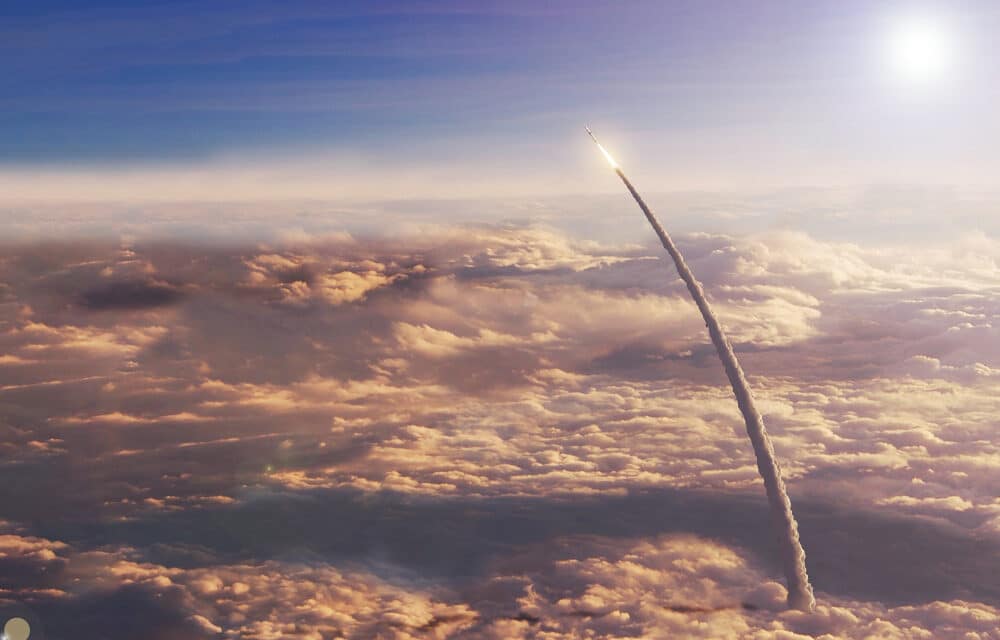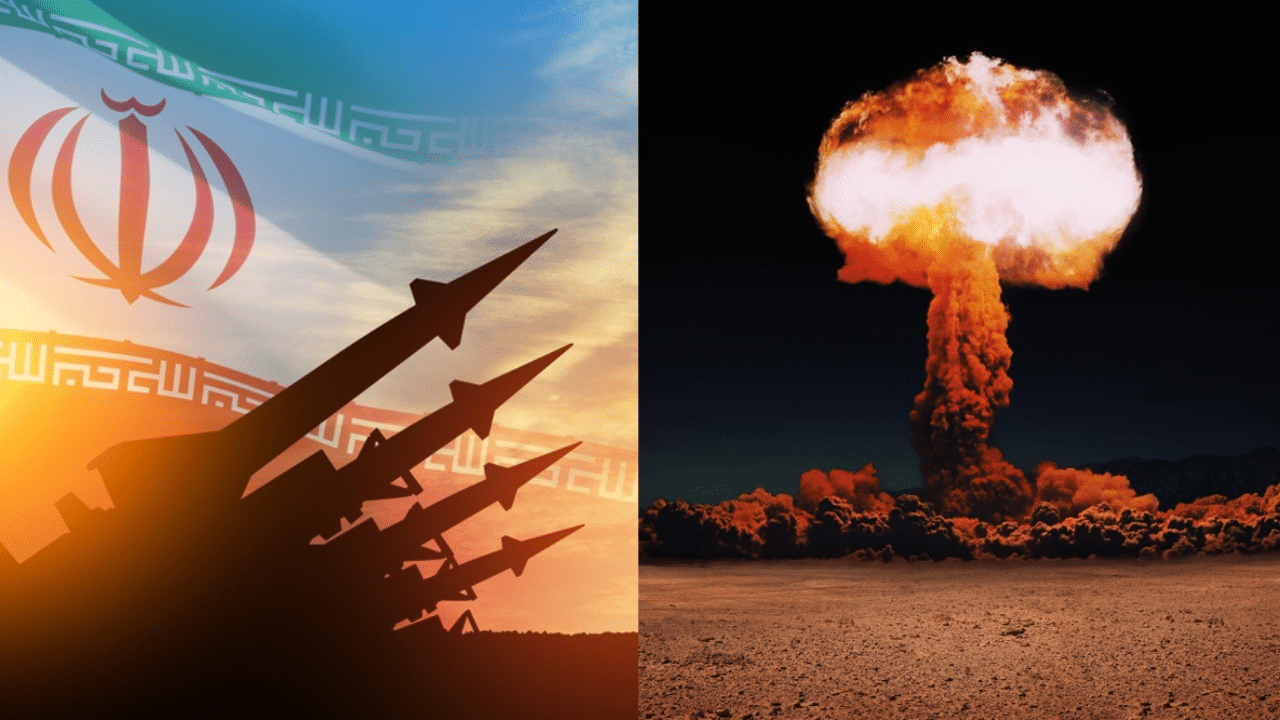The number of Russian troops at Ukraine’s border has remained steady in recent weeks, despite U.S. intelligence predictions of a surge, but American officials say that President Vladimir V. Putin has begun taking steps to move military helicopters into place, a possible sign that planning for an attack continues.
DNYUZ reported that American officials had expected additional Russian troops to stream toward the Ukrainian border in December and early January, building toward a force of 175,000. While troop movements have slowed, there are still 100,000 military personnel near the border and now the Russians have positioned additional attack aircraft there, American officials said.
Attack and transport helicopters, along with ground attack fighter jets, would be a critical Russian advantage, should Mr. Putin decide to invade Ukraine. The NYT, went further to report that U.S. officials say the Russian president’s window for an invasion is limited, dictated by temperatures that will freeze the ground —
allowing for the easy movement of heavy vehicles and equipment — before a spring thaw, which could begin by March, creates a muddy quagmire. But a relatively mild winter has slowed the ground’s freezing, and Mr. Putin’s deadline for committing his forces has slipped further toward the spring, officials say.
The hard winter freeze that typically comes to Ukraine by January has not happened in many areas of the country. As long as the ground remains muddy, senior administration officials said, Mr. Putin might be forced to push back a ground offensive until February at the earliest.
To get a better sense of possible conditions this year, the Biden administration has enlisted meteorologists to look more closely at the likely weather in Ukraine in the coming weeks, according to a U.S. official. The officials interviewed for this article requested anonymity to discuss sensitive and classified assessments of Russian military movements, along with American efforts to learn about those deployments.
Meanwhile, According to the Daily Mail, The Federal Aviation Administration stopped every plane from taking off or landing at all West Coast airports for seven minutes after North Korea fired a ballistic missile into the sea off Japan.
Monday’s incident, known as a full ground stop, was confirmed by officials at San Diego Airport. No explanation was given, but it happened around the same time as the North Korean missile launch, which is not believed to have struck any known target. The stop only lasted for seven minutes, according to officials at San Diego International Airport.
ABC News stated that South Korea’s Joint Chiefs of Staff said North Korea fired what likely was a ballistic missile from the area of its northern Jagang province. It said the weapon flew 700 kilometers (434 miles) at a maximum speed of around Mach 10 before landing in waters off its eastern coast, demonstrating a more advanced capability than North Korea’s launch last week.
The North’s state media described the earlier launch as a successful test of a hypersonic missile, a type of weaponry it claimed to have first tested in September. South Korean officials didn’t provide a specific assessment of the missile type, but some experts said North Korea may have tested its purported hypersonic missile again in response to the South Korean military playing down its previous test. Japan’s Defense Ministry said the suspected ballistic missile landed outside the country’s exclusive economic zone.

















